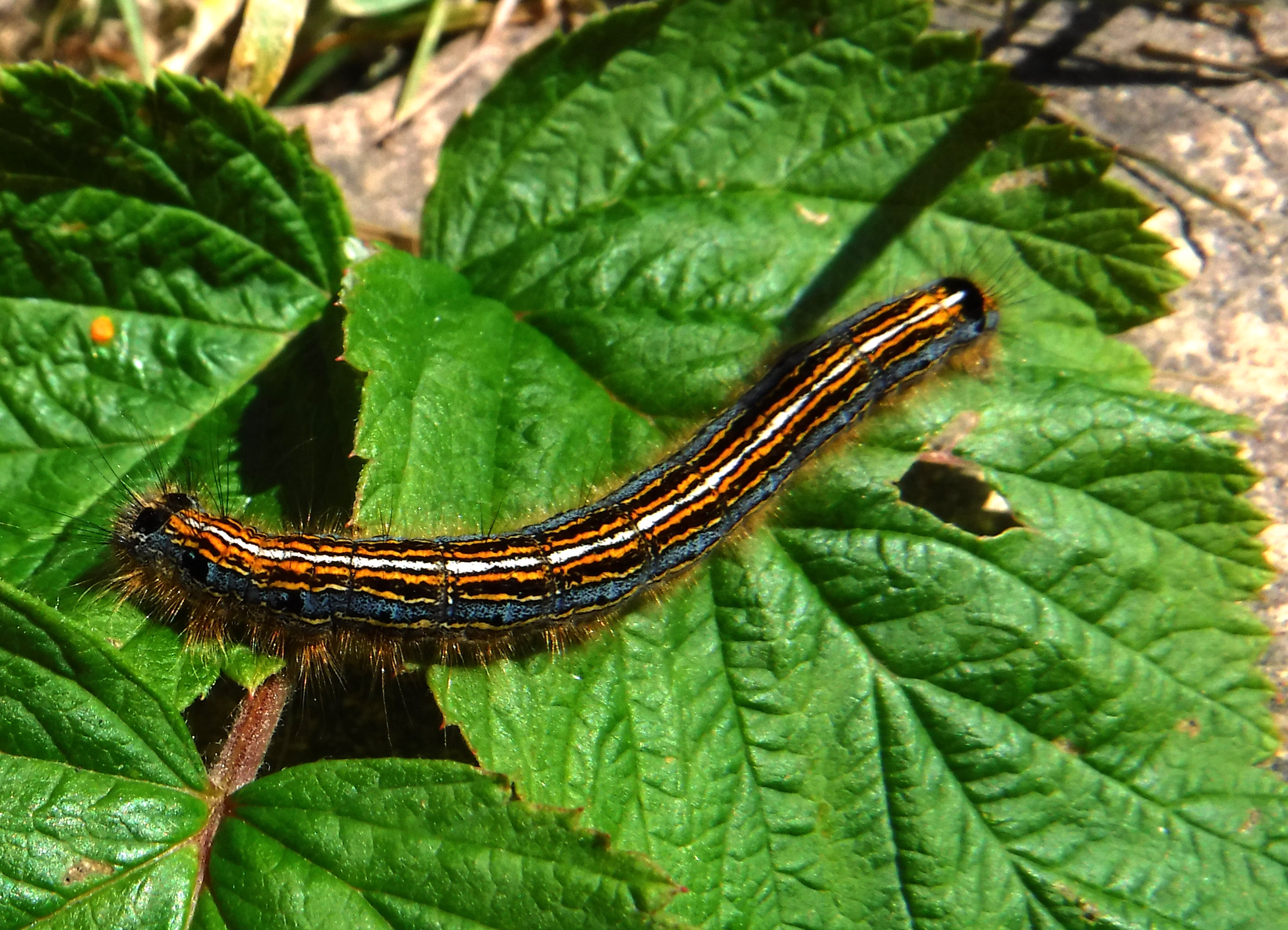
Total monthly rainfall: 29 millimetres. Maximum daily rainfall: 12.5 millimetres (7th May).
Another month of low rainfall, with measurable rain falling on only 8 days, resulting in pond levels already over 30 centimetres below maximum.
Maximum temperature on the warmest days reached 22°C on May 23rd and 30th, while maximum temperature on the coldest day was 10°C on the 4th. Although there were only 13 days with full cloud-cover, there were 16 days when a stiff breeze from the north-west and north-east caused unpleasant flying conditions for dragonflies, butterflies, and moths.
Thirteen new wildflowers this month brought our total to 33 species for the year so far. We spotted red clover on the 1st, meadow buttercup on the 2nd, and creeping buttercup on the 6th. Oxeye daisy and a newly discovered herb bennet flowered on the 12th, with lesser stitchwort following on the 13th, plus silverweed and scarlet pimpernel on the 15th. Foxglove (25th), common vetch (27th), white water-lily (28th), honeysuckle and woody nightshade (29th) completed the tally for the month.
-
 Caterpillas ready to leave tree
Caterpillas ready to leave tree
Caterpillas ready to leave tree
Caterpillas ready to leave tree
-
 Empty webs with discarded skins
Empty webs with discarded skins
Empty webs with discarded skins
Empty webs with discarded skins
-
 Lackey moth caterpillar in full colour
Lackey moth caterpillar in full colour
Lackey moth caterpillar in full colour
Lackey moth caterpillar in full colour
-
 The effect of Tortrix moth caterpillars on oak leaves
The effect of Tortrix moth caterpillars on oak leaves
The effect of Tortrix moth caterpillars on oak leaves
The effect of Tortrix moth caterpillars on oak leaves
-

https://www.kentfieldclub.org.uk/news/little-barton-farm-wildlife-notes/may-2019#sigProIdfa3d2a3ada
Three shrubs also flowered this month, namely elderflower on the 2nd, guelder rose (16th), and dog rose on the 23rd.
The first butterfly we saw this month was a small white on cow parsley in the garden on the 2nd. Also in the garden, on forget-me-not, was a small copper on the 10th. For the second year running we were lucky enough to see a green hairstreak (on the grass among bird’s foot trefoil) on the 24th, followed by a common blue, also among grass, on the 28th. Our last butterfly this month was a large skipper in the woodland ride on the 29th – bringing our annual total to 14 species so far.
On the 1st, the brown-oak tortrix moth caterpillar joined last month’s green-oak tortrix caterpillars dangling from oak and hornbeam trees, and busily munching the leaves in a way we have not seen for some years. We now have ragged, half-eaten leaves on most of our trees. On the 12th, we spotted about a hundred brown caterpillars on a goat willow sapling in three separate webs. These were identified by Kent Moth Group as Lackey moth larvae. We failed to recognise them, because we had never seen this stage of the moth’s development before – only previously seeing one or two of the larger, more highly-coloured final forms of the caterpillar. By the end of the month, the larvae had cast off their skins, before dispersing far-and-wide to change into moths later during July. On May 21st, the first of our Burnet companion moths appeared among the field grasses. There were 15 the next day (22nd) when we saw a dozen longhorn moths (Nemophora degeerella). These had grown to over 300 by the end of the month. Grass moths were appearing by the 24th, when we identified Chrysoteuchia culmella among meadow grasses. On the 26th we spotted a blue-bordered carpet moth among pond-side rushes. A common swift moth appeared indoors on the kitchen window on the 27th, and our grand-daughter discovered a yellow-tail moth in the garden hedge on the 30th, bringing our year’s total to 17 species.
Seven dragonflies this month brought our running total to 8 species. The northerly winds caused many to emerge from their larval skins (exuvia) deep down among the marginal reeds and rushes, which meant that finding their exuviae was very difficult, and any that ventured higher were quickly blown away. Downy emeralds started to appear on May 1st, and those which did go high used their large front legs to grasp their way up fence posts, and emerge along top rails on the leeward side of the fence. None went up the oak tree this year, preferring to use the fence instead. Blue-tailed damselflies appeared from the 2nd in dense vegetation, as did azure damselflies (9th), and four-spotted chasers (10th). White-legged damselflies started rather late for us this year on the 13th, and four of those have so far managed to negotiate the top rail to the gatepost. We spotted our first hairy dragonfly on the 15th, but had to wait until the 30th to see a broad-bodied chaser.
Other insects to appear were a mayfly on the 11th, spotted crane-fly on the 12th, and a brown shield bug among potatoes on the 31st.
Three species remain to be mentioned. We saw a common lizard basking in the sun beside our smallest garden pond on the 26th, and two visiting species of migrant birds – blackcap on the 17th, and turtle dove on the 31st.

